What Chipotle and Radiohead Can Teach Us About Sound Quality at Home
A Denver Westword article profiling burrito chain Chipotle's sound engineer, Christopher Golub, set off a firestorm last week in the music press when writer Chris Utterback said you wouldn't hear Radiohead being played in Chipotle because "the high, tenuous yowl of Radiohead frontman Thom Yorke wreaks havoc with the steel and concrete of a Chipotle buildout." Golub later calmed angry fans down when he clarified that Chipotle does play Radiohead tunes; he just can’t play everything by the band because of the tonal qualities. “There’s not a lot to absorb sound except bodies or the burritos themselves,” Golub says of the restaurant's more than 1,400 locations. “Music sounds different in there from your car and headphones.”
I found it interesting that a large company such as the burrito-making behemoth would have an on-staff sound engineer to specially curate playlists to take into account its hard-surface interior design. What's more, the company employs acoustical architect Matt Emmi from One Button to do things such as install acoustical ceiling panels and wooden boxes to help diffuse and absorb sound from speakers. It's all in an attempt to create the best music-listening experience possible. And it can teach us a few things.
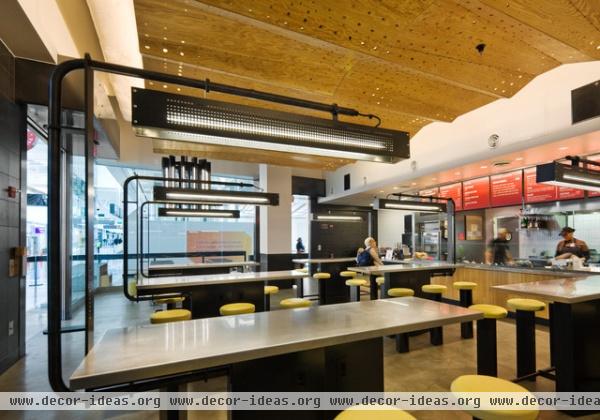
The difficulty in creating a pleasing music-listening experience stems from the fact that Chipotle restaurants are designed in what Emmi says is a contemporary architectural trend in both commercial and residential design: minimalist style, with lots of glass and concrete. "Basically the most hostile environment for sound,” Emmi says. That’s because hard, flat surfaces are terrible at absorbing sound and diffusing it, the two key components in creating warm, rich sound. “Glass and concrete are hardest to work with,” Emmi says. “They have strong reflection and little absorption.”

Their solution? Golub curates a playlist of music that sounds good in these kinds of environments, while Emmi does what he can with the interiors to help.
So what exactly does sound good in these concrete and glass-heavy spaces? If you live in a similar space — say, an open floor plan with floor-to-ceiling windows, lots of concrete and minimalist furniture — next time you’re having a party you might want to check out Manu Chau. "They're one of my favorite examples,” Emmi says. “It’s a South American kind of folky pop. They have an almost bouncy tone, with a baseline that’s really easy to latch onto. It comes through cleanly even with a high-noise floor and a lot of complexity that exists in the space. Buena Vista Social Club is great too. And the song 'True Affection' by The Blow has a nice tone to it.”
You can also check out Chipotle’s playlists on its website, as well as its Spotify and Rdio accounts to see what's playing in the restaurants.
And if you’re looking for the best possible sound at home, here are a few tips from Emmi:
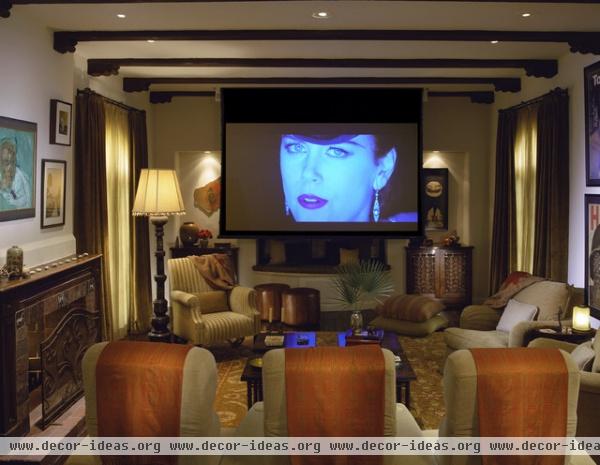
The best room shape is a shoebox, in which the length, width and height are all different. A cube is the worst shape. This has to do with the way sound waves reflect off the surfaces.
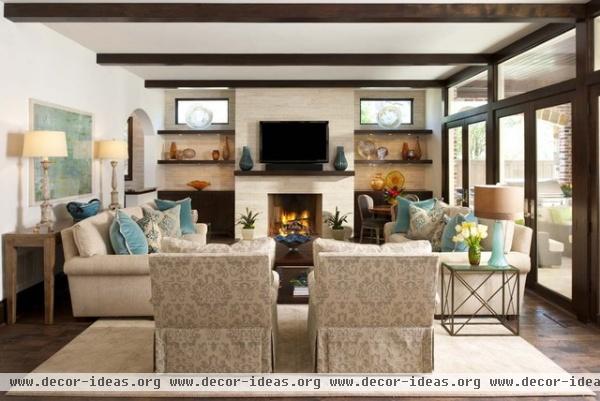
Put your sound system on one of the far ends of the room, along a short wall rather than the long wall. This allows the sound to travel out and diffuse and reflect toward the listener.
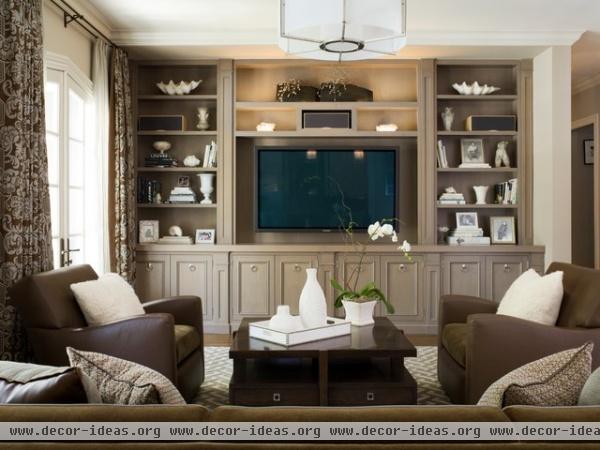
Place speakers an equal distance from each long wall. If one speaker is closer or further to the wall than the other, the sound from one speaker will reach your ear before the other and cause delay, limiting sound quality. “Try to get it perfectly geometric if you can,” Emmi says.
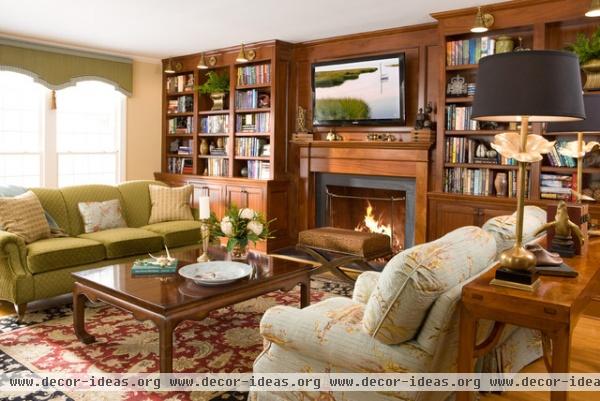
If possible, put a floor-to-ceiling bookshelf behind the sound system and in front of it. In other words, on each end of the room. This will create ideal uneven surfaces for optimal absorption and diffusion.
Add acoustic panels. Emmi says the best solution for sound quality would be to start from the ground up before construction or during a remodel and install acoustic panels behind the sheetrock, or as insulation. You can purchase acoustic panels to install on your walls, but Emmi says they're not very aesthetically pleasing. “Acoustic panels are a hard sell,” he says. “They tend to dominate the space unless they’re being designed into the room with cedar panels or something.”
Read more about sound absorbers
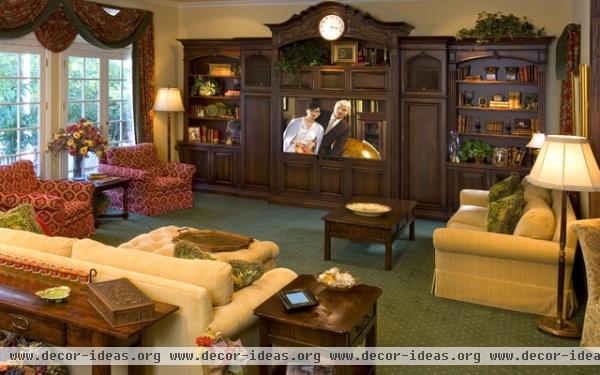
Get an overstuffed couch and thick carpeting or matting beneath the carpet. “The less minimalist style the better,” Emmi says. “If you walk into a room that looks like it’s going to sound good, it probably will. Think of an old-style East Coast yacht club quarters with lots of wood paneling on the ceiling and a lot of carpeting, bulgy sofas, bulgy side chairs and a warm environment.”
What do you do for great sound at home? Please tell us in the Comments.
Next: Quiet, Please! How to Cut Noise Pollution at Home












